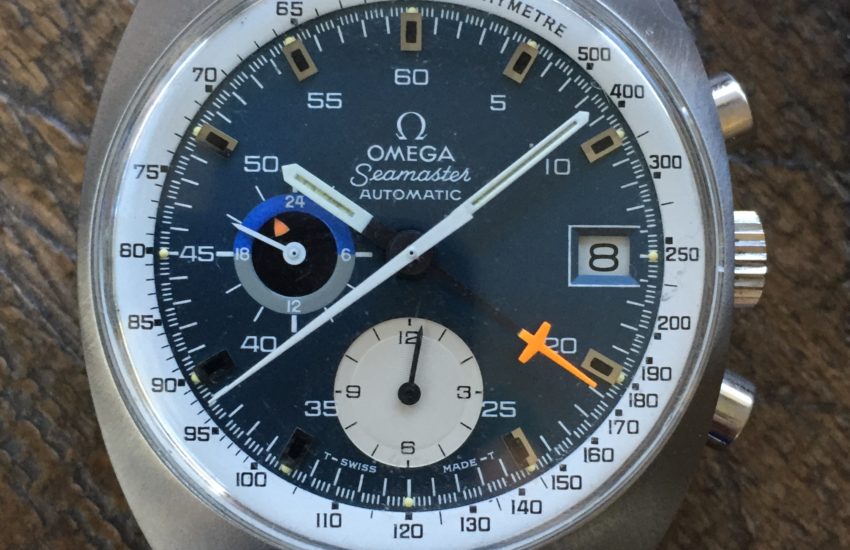In a way, everything I’ve come to learn about the cal. 1040 and 1041 Omegas over the years is a result of seeking the answer to the question, “which dials are correct on a ref. 176.007?” When I bought my first 1040, a Seamaster 176.007, I didn’t immediately notice that the text order on my dial was Omega Seamaster AUTOMATIC. Once I did notice that, it sent me off on a deep-dive into these watches that I’ve never escaped.
Along the way the search for this answer led toward many other questions, many of which I’ve already discussed. But now I’d like to get back to that original question and share what the data reveals about the dials for this particular reference. I have observed 72 unique examples of 176.007s in steel for which I have documented both a dial and serial number.
Eight Dials
There were eight legitimate dial variants for the steel Seamaster 176.007. They are either blue or silver and can be found in three dial types: A, B, and I. Note that there were gold and brown dial options for types A and I but they were for gold-plated and 18k Seamasters.
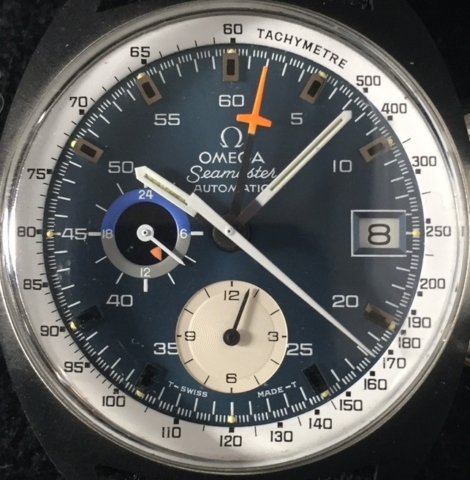
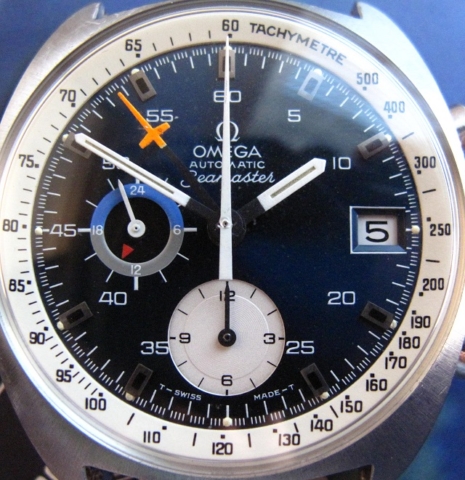
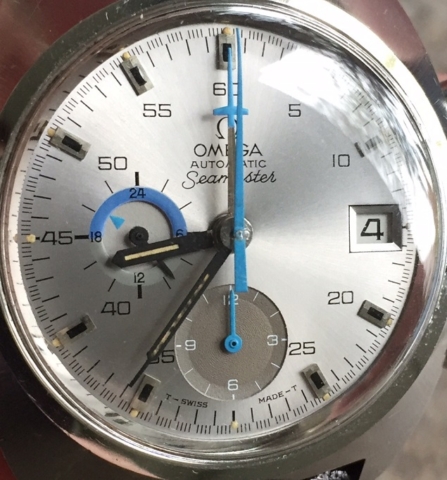
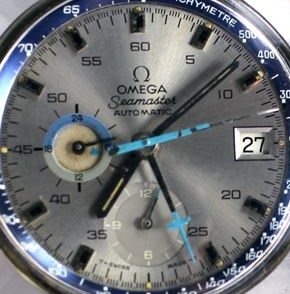
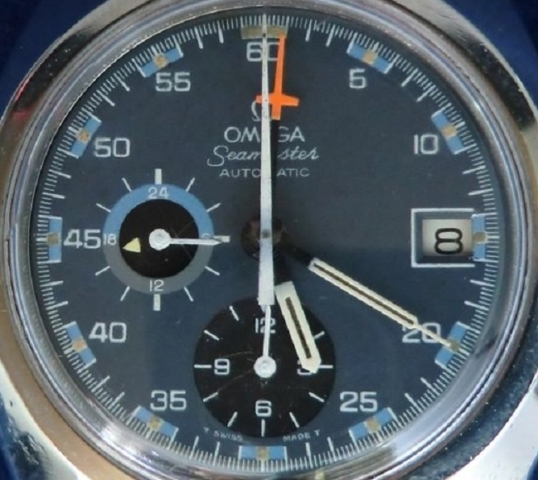
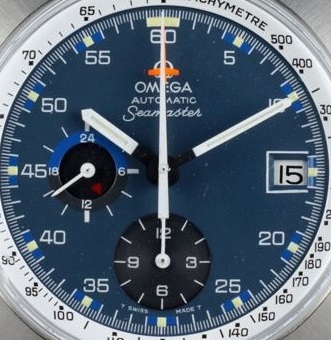
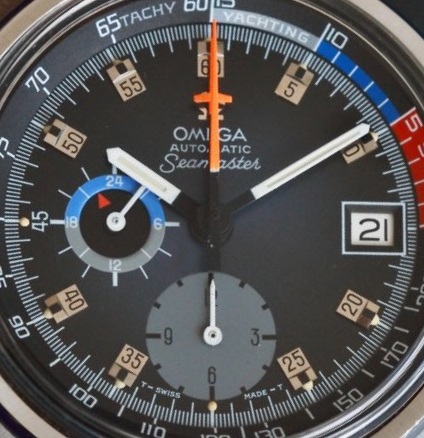
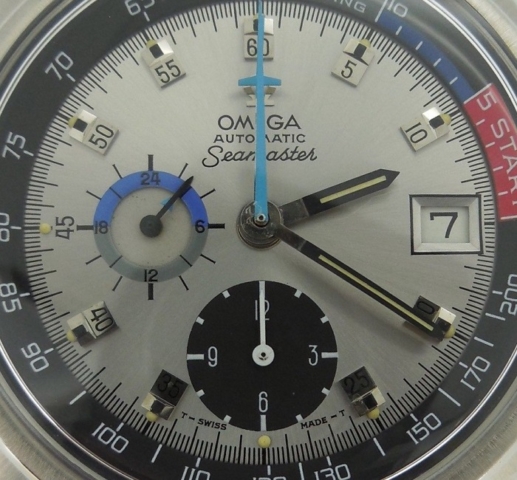
As you can see, from the chart below type A dials are the most common, followed by B and I.
And within those types, blue is the most common main dial color.
176007 Dial Types By Color
| wdt_ID | Dial Type | Main Dial Color | Watches Observed | Percent of 007s |
|---|---|---|---|---|
| 1 | A | Blue | 28 | 39% |
| 2 | A | Silver | 17 | 24% |
| 3 | B | Blue | 21 | 29% |
| 4 | I | Blue | 4 | 6% |
| 5 | I | Silver | 2 | 3% |
| Dial Type | Main Dial Color | Watches Observed | Percent of 007s |
Text Order
A and B dials all came in two text orders: what I refer to as OAS (OMEGA AUTOMATIC Seamaster) and OSA (OMEGA Seamaster AUTOMATIC). I am not sure why they used both, but they did. As you can see, OAS is much more common than OSA.
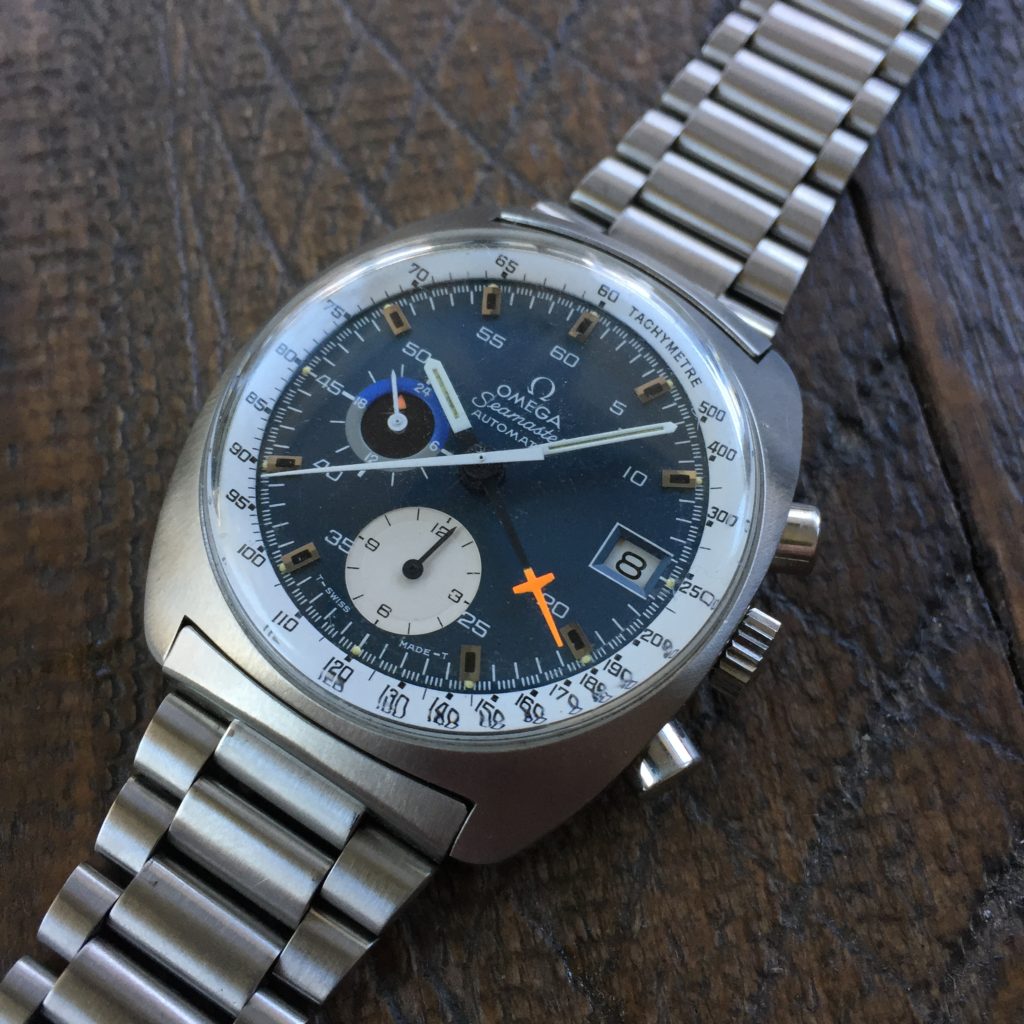

Incidentally, I do find that blue dials (A or B) on ref. 176.001 are the opposite – in other words OSA is more common on that reference.
Type I Dials
For a while, I wasn’t convinced that these dials were original/correct to ref. 176.007. Strange dial swaps are common among cal. 1040 watches because not all dials are still available as service parts, and because people sometimes like to change things up or mod their watches. However, looking at the data has convinced me that I dials were not just for ref. 176.010, aka the Yachting Chronograph. Good news for all the owners of 176.007s with these dials: they appear to be 100% legitimate original factory dials.
What convinced me is the fact that the 007s I have seen with I dials, particularly dial I1, are bunched together by serial number. That would be quite a coincidence if these were not factory original configurations. The serial number batch associated with the blue “Yachting” dials on steel 176.007 is 3626XXXX through 3627XXXX.
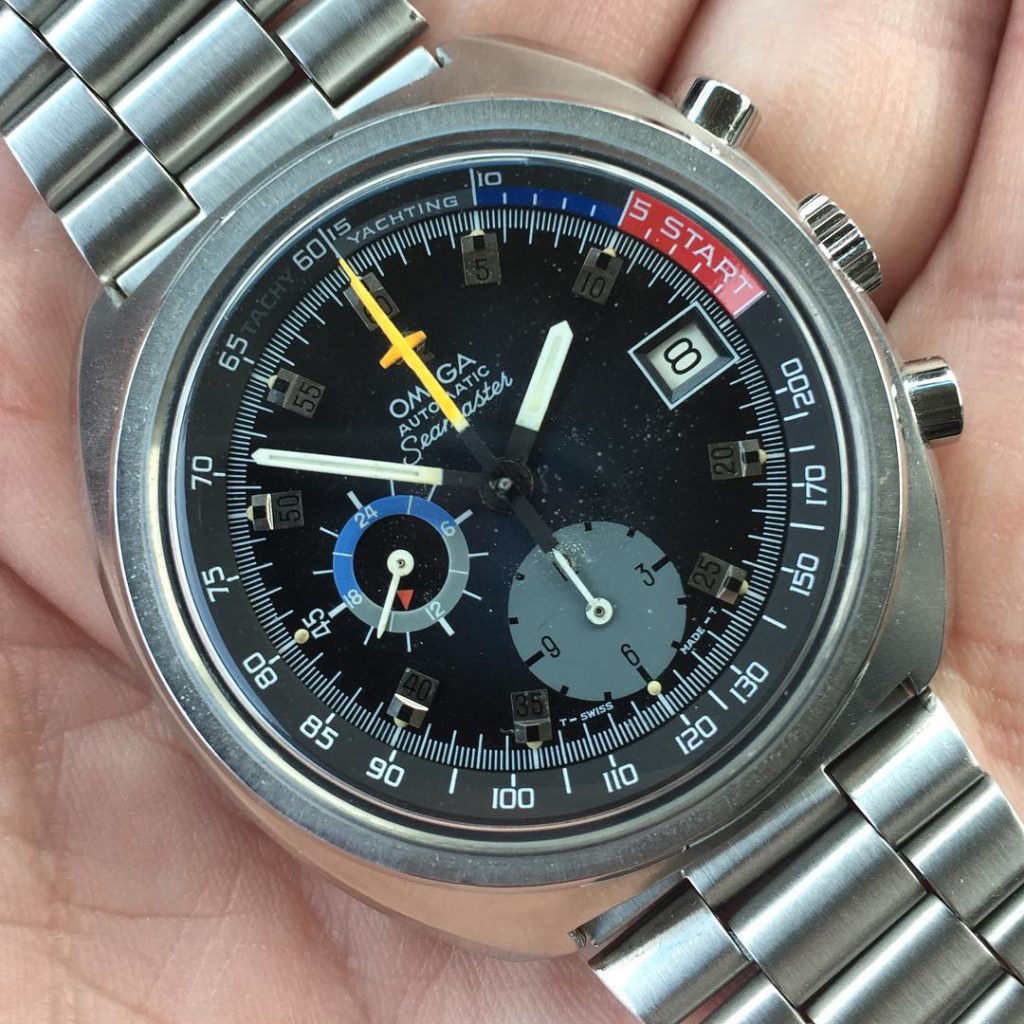

Which dials came first?
I don’t have enough production dates from Extracts of the Archives to give a precise analysis on order of production, but we can use serial number as a decent proxy. For our purposes we can assume that the lower the serial number, the earlier the watch was produced.
There are few discernible patterns – most dials and features of dials are spread out throughout the range of production. The one exception is again, Type I dials. They didn’t appear until later in the run, and then disappeared again before the final production batches.
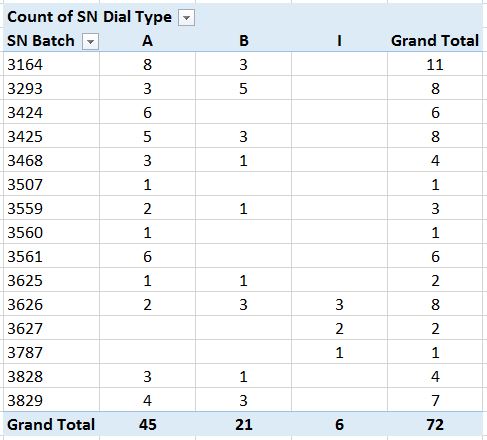

When looking at all the features and serial number batches of these watches, you can see just how widely distributed they are:
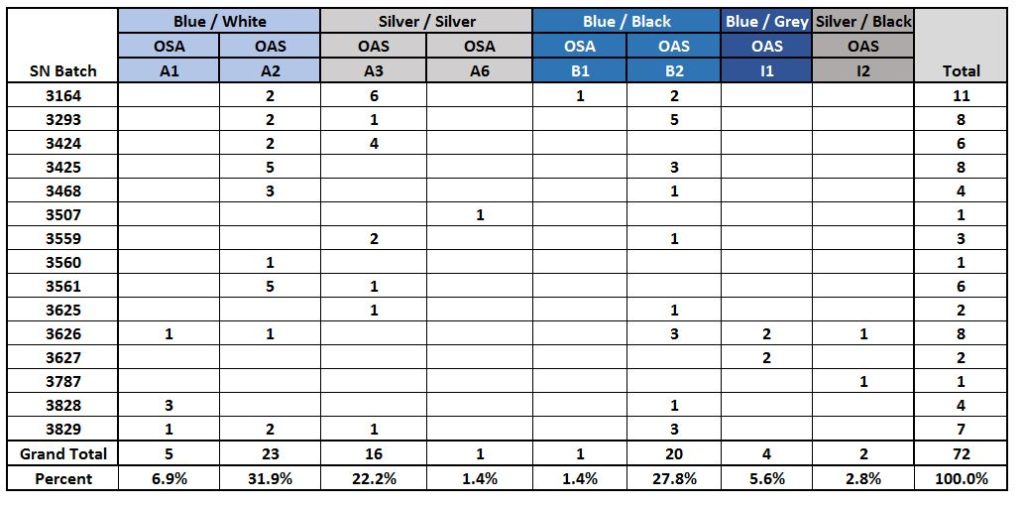

There are three dials that are the most common and represent 80 percent of all 176.007s: the blue and silver A dials with OAS text, and the B dial with OAS text. All the OSA dials and the I dials are much less common.
Summary:
The steel Seamaster ST 176.007 seems to have been offered in 8 dial options. The most common were the sunburst blue and silver with applied markers (Type A), then the matte racing-style blue dials (Type B). There are 6 total dials of the A and B dials, 3 colors in two text orders each. These six were available throughout the production run of the cal. 1040 it seems, thought the A6 (silver with applied indices and OSA text) is not common. The Type I dials in dark blue and silver were later added as options.
Some other observations:
- Dial A1, the dial on my Seamaster, appears to be a later dial on the 176.007. This is interesting since it was a common dial on the earlier 176.001. It could have been leftover stock that got used up much later in the 176.007 production.
- The silver A6 dial with OSA text is really uncommon. I’ve only seen one.
- With the exception of one example, the silver A3 dial seems to have disappeared in the middle of the run. The one later example could have been a service replacement or dial swap.
- Most serial number batches have examples with multiple dials. This seems to indicate that there were always several dial options available.

